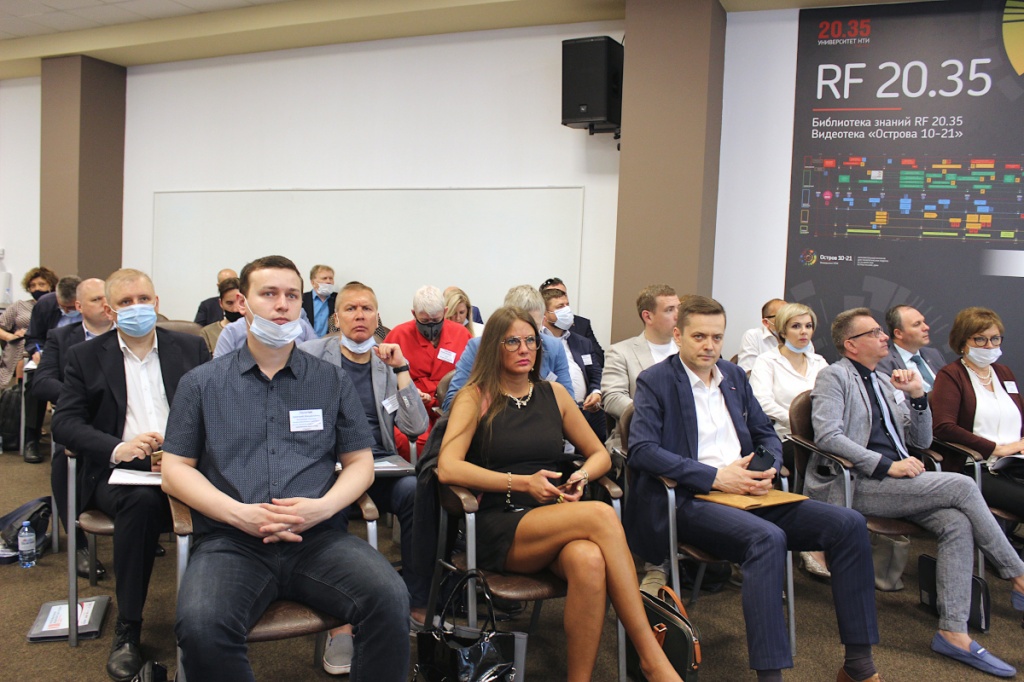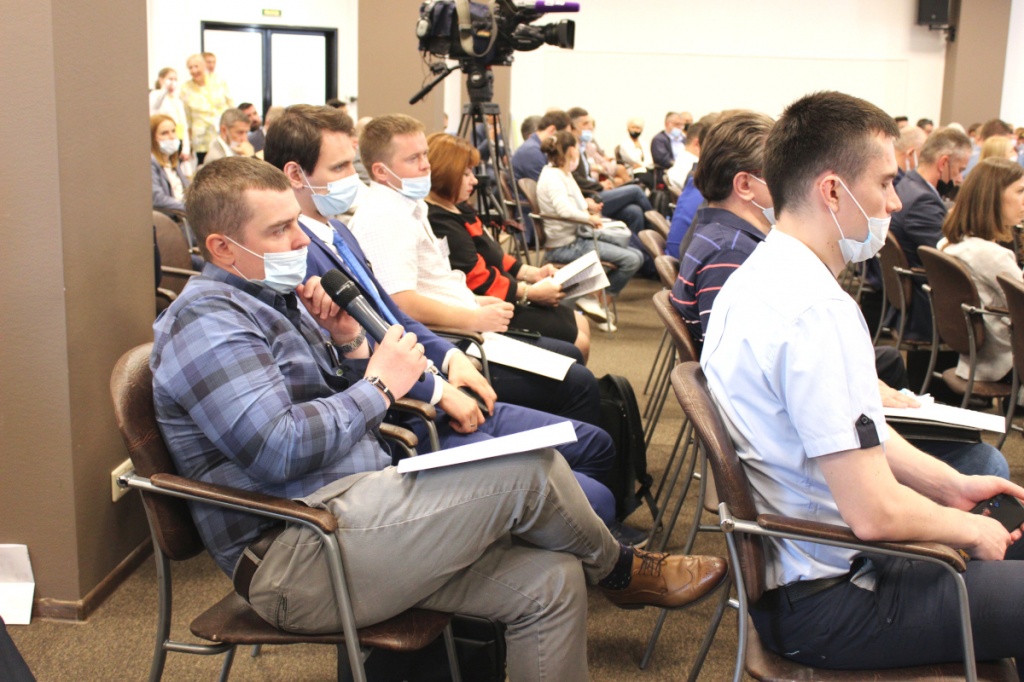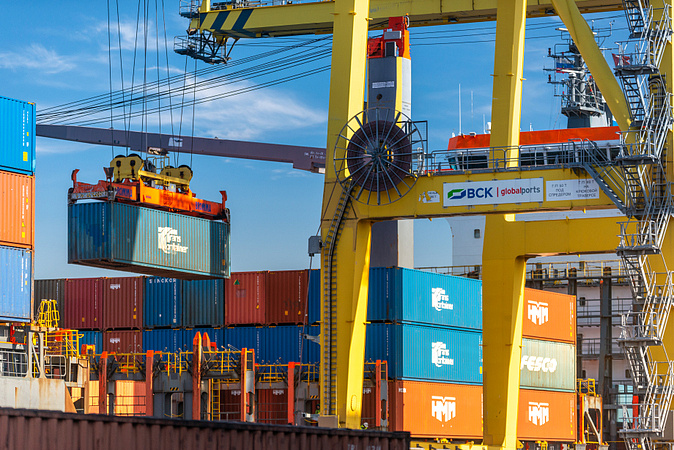
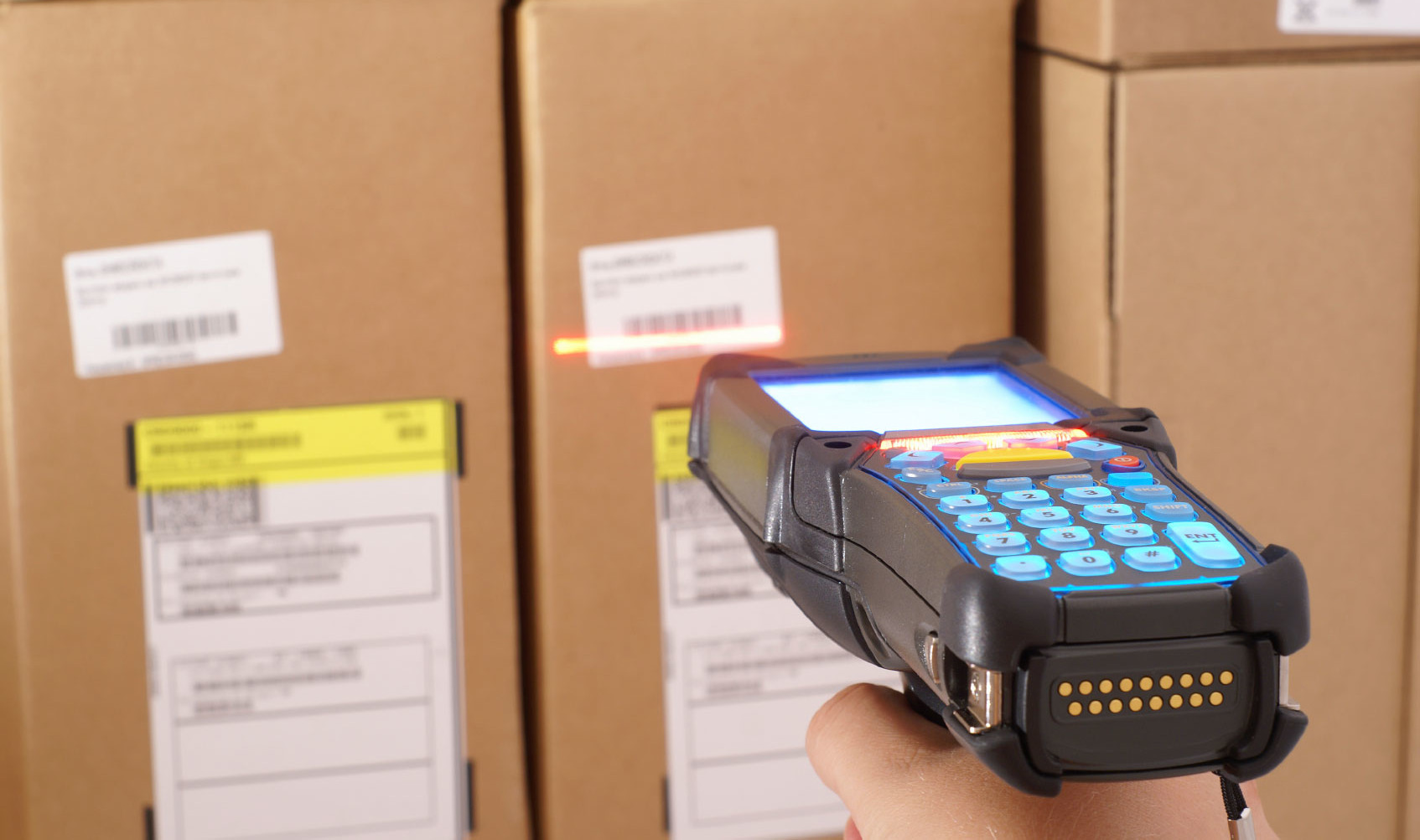

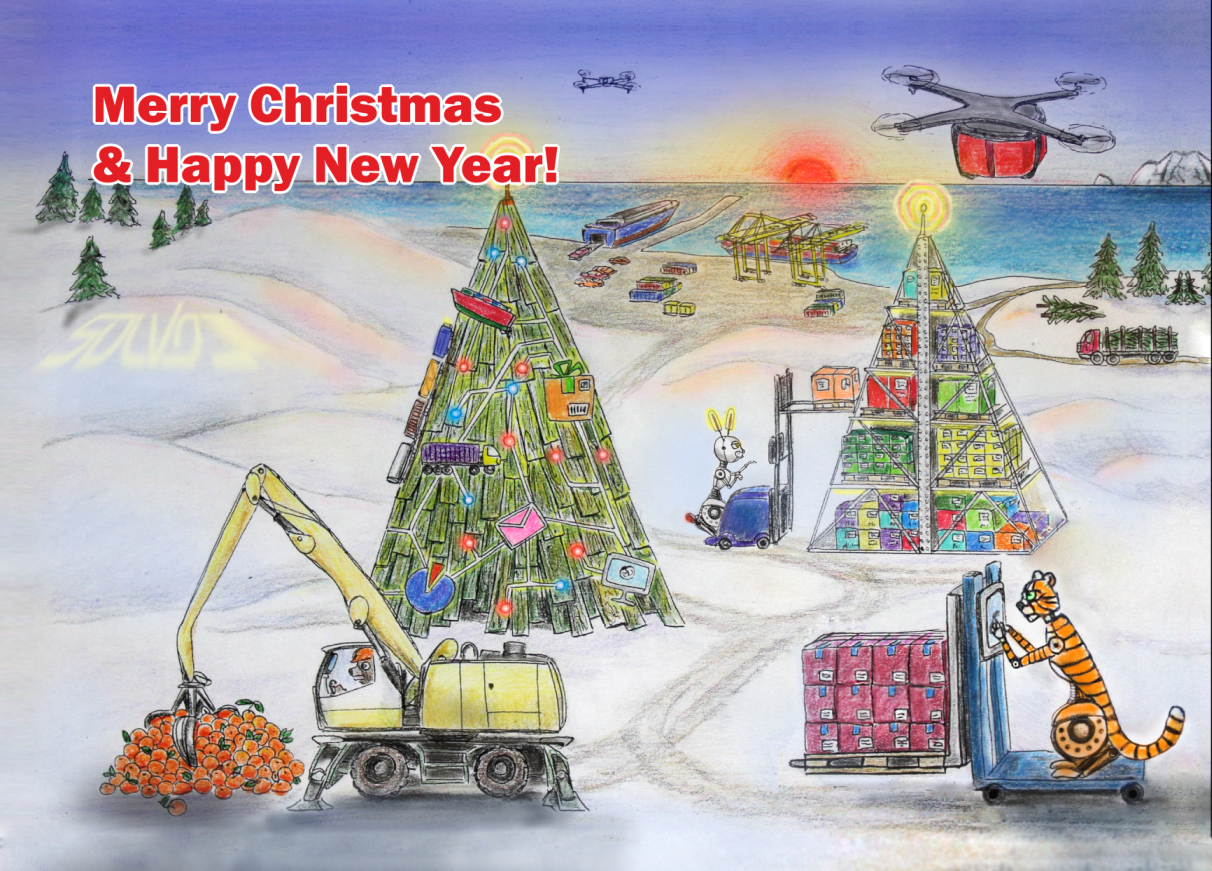


Today, the Solvo.TOS automation system helps ports and cargo terminals in Russia, Europe, Asia and Africa to save up to 25% of operating costs (depending on the level of digitalization) by increasing cargo turnover and improving the quality of service. But the classic terminal operating system (TOS) contain a large-capacity functionality, since they are designed to solve the problems of large multipurpose logistics facilities, which is reflected on the final cost of the software product. While medium, small and start-up companies do not always need all the functions of the classic TOS, and the cost of the full version of the product can be expensive for them. Cloud technologies can help these companies to get qualitative TOS functionality from market leaders and save money at the same time. Maksim Maksimov, commercial director of SOLVO, spoke in more detail about this opportunity in his report at the conference “Prospects for the development of the Big Port of St. Petersburg”.
“A cloud solution operator provides you with the same functionality as a classic TOS system does. But at the same time, you minimize the budget on software licenses and purchase of the additional server equipment. You can even use mobile internet instead of Wi-Fi. And an ordinary smartphone or tablet will replace the Radio Data Terminal (RDT). You can just go to the website of the cloud operator, enter your credentials and you start working,” said Maxim Maximov.
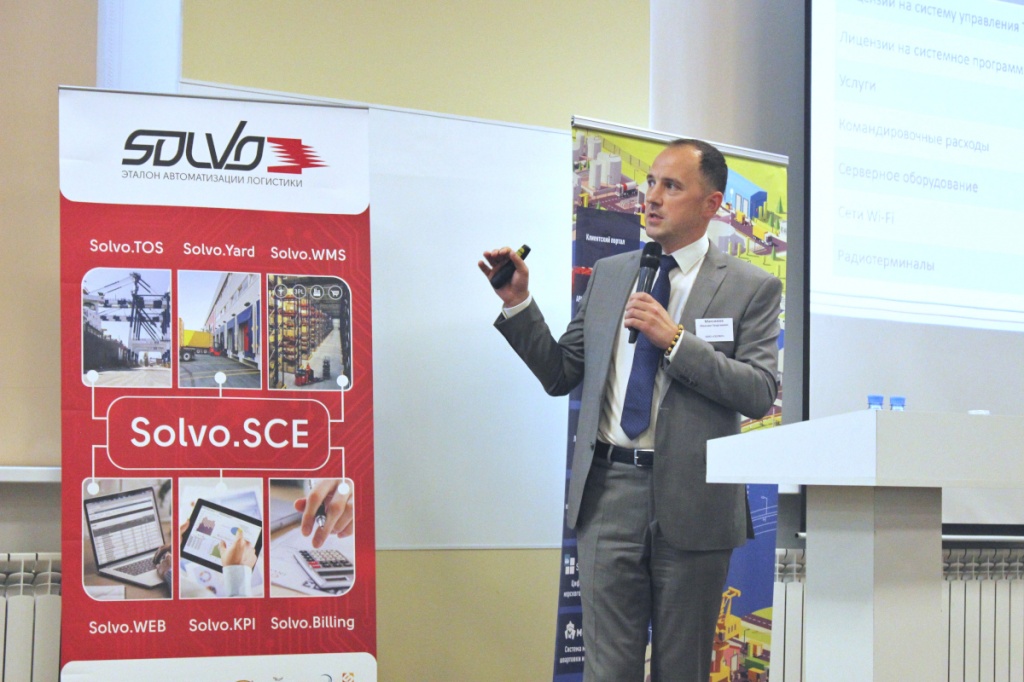
The vendor also saves on its services implementation, as a result, the final cost of the service is reduced. The costs for business trips of the vendor's specialists to the terminal are reduced, and the terminal employees do not need to spend their time on additional training on operating the system. Cloud technology was developed from the ground up to be easier to use, without deep learning.
It's worth noting that an all-cloud solution is a great option only for small or start-up companies. Why is this not beneficial for large container terminals? Firstly, if your company has a strict data privacy policy, then it is better to use the classic TOS system and your own servers. Secondly, a large terminal will need to do a lot of work to integrate the cloud solution from across its infrastructure. As a result, it may even be more expensive than if you buy the classic TOS-system. The product "in a box" and with a license has an advantage also because the automation system will remain on your servers in any case, even if you stop updating it and communicating with the vendor, while the cloud solution operator may leave the market. Thirdly, customization is more convenient for large terminals with complex infrastructure - when the product is adapted specifically to the tasks of your company considering its specifics. The cloud operator offers off-the-shelf functionality with less customization options.
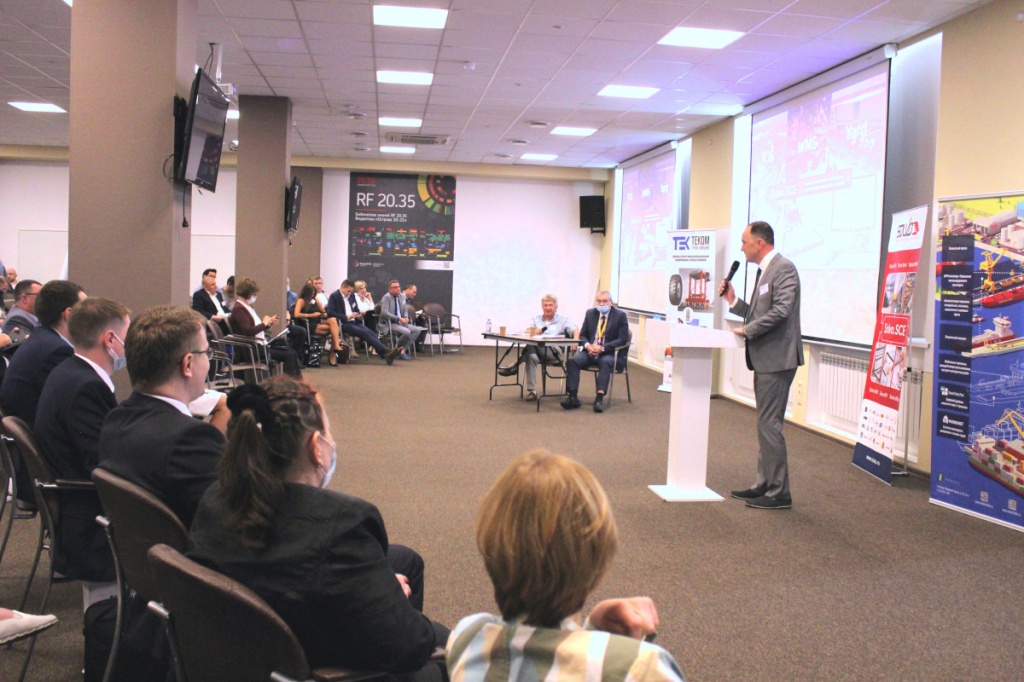
However, even large companies have the opportunity to use part of the full functional TOS. You can integrate the main management system and a cloud solution by type of commercial relationship IaaS (Infrastructure as a Service).
“Today we adapt and make it easier to use a classic TOS too. For example, our customers can interact with the automation system through the browsers. Tallymen, refrigerating engineers and other terminal employees can send data to Solvo.TOS through their mobile phone or small tablets with the ability to take swipes, photos, and so on. This replaces the more bulky data collection terminals. In fact, you communicate with the TOS system like with your friends in messengers”, SOLVO expert gave an example.
Even if a small terminal starts to grow, and its cargo turnover reaches a certain value, it will be easy to transfer a “piece” of the cloud system to the company's private cloud on its servers.
“We will try to develop a flexible structure of cloud solutions in order to minimize the risks of data loss and familiar functionality,” concludes Maxim Maximov.
